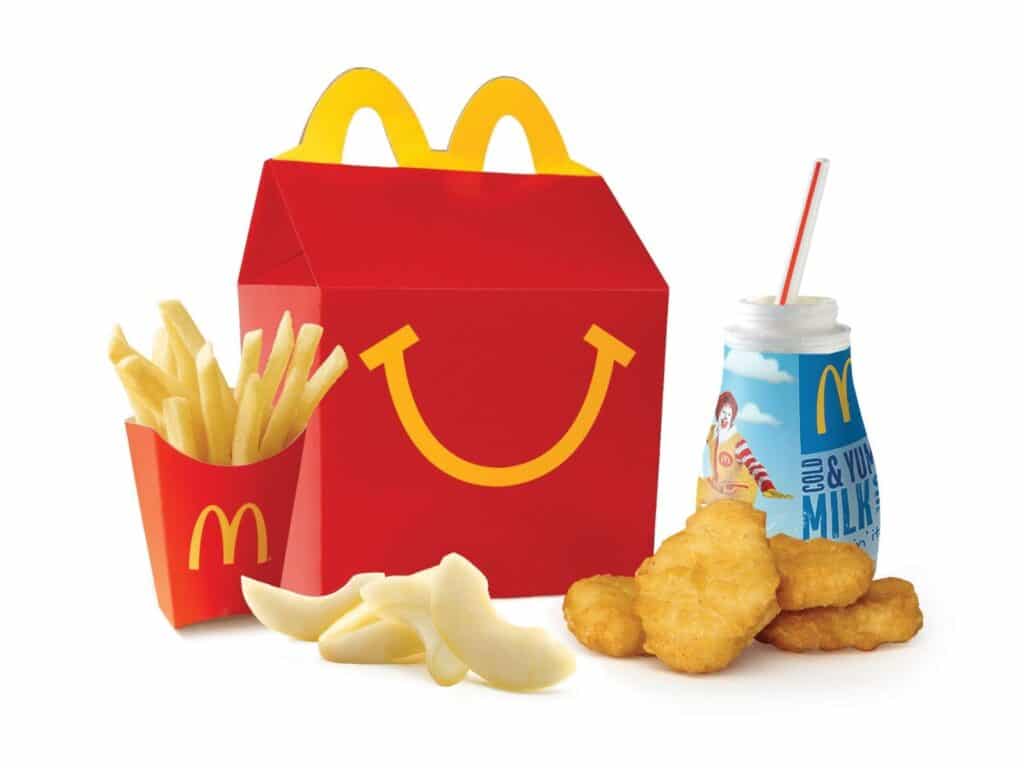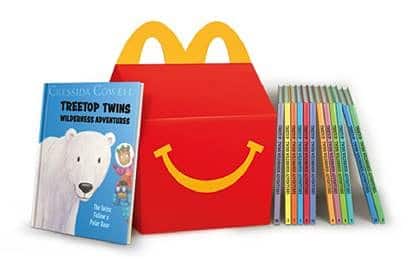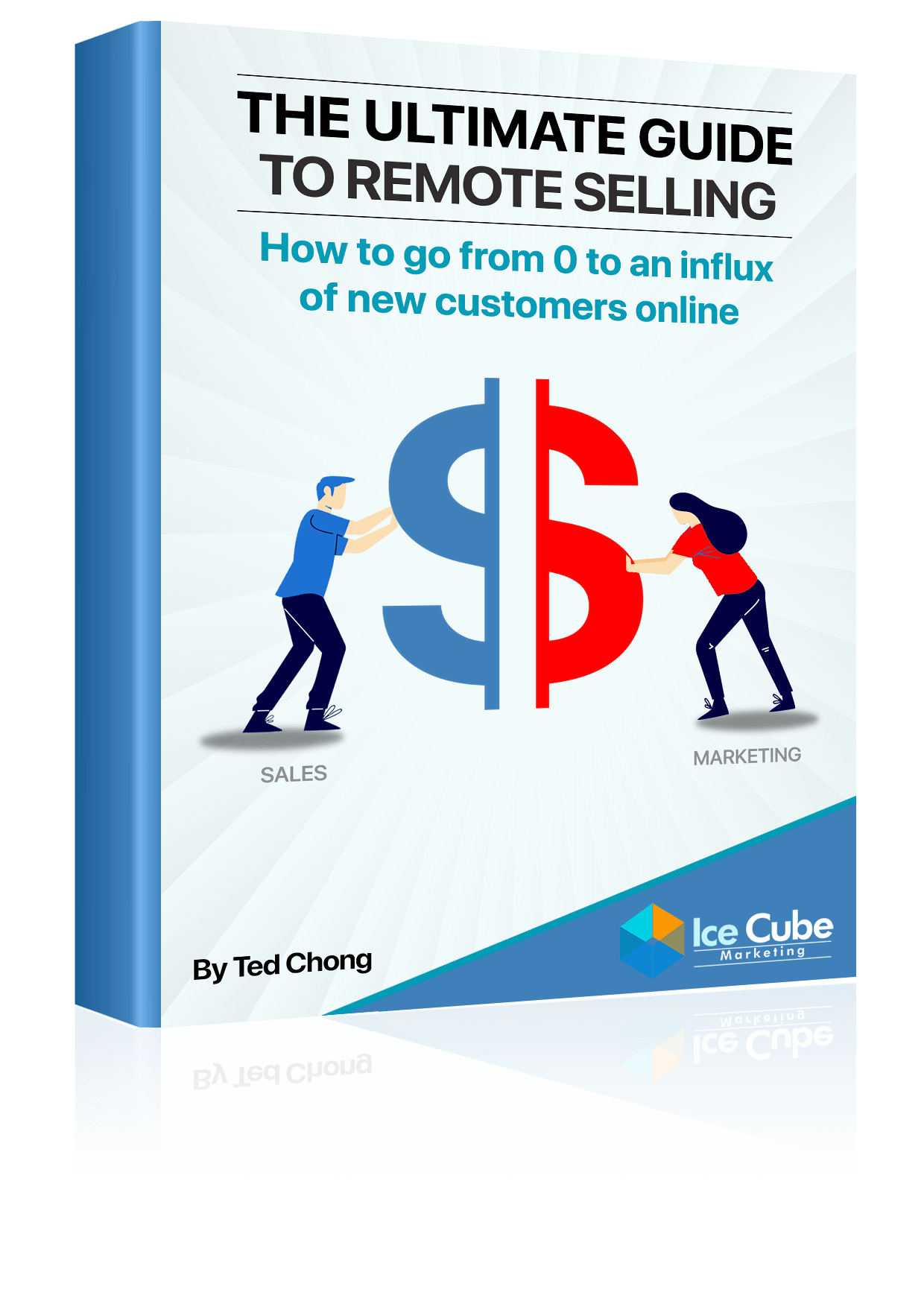When you think of McDonald’s, what comes to mind? Likely, it’s their iconic burgers. However, there’s a subtle marketing strategy they’ve employed over the years that many businesses often overlook – the Happy Meal. This little box with its enticing toys is not just a children’s meal; it’s a masterstroke in marketing. Let’s break down how McDonald’s has used this tactic to achieve staggering success and how you can apply a similar approach to your business.
1. The Happy Meal Phenomenon

McDonald’s doesn’t just sell food. They present a whole experience, sweetening their offers with delightful add-ons. Consider the staggering success of the Happy Meal. With over $80 billion in sales attributed to this innovative product, it’s a testament to the power of effective marketing.
2. The Top-of-Funnel Offer

The brilliance of the Happy Meal lies in its role as a top-of-funnel offer. While the term might sound complex, the concept is quite straightforward. Essentially, it’s a low entry-barrier item designed to draw people into a business ecosystem.
Even if you’re not typically a burger aficionado, a unique toy or limited-time gift might pull you into buying a Happy Meal. Once there, you try McDonald’s food, and voilà, you’ve entered their funnel. Some might exit after a bite, while others become loyal patrons. Remember the Hello Kitty craze of 2013 in Singapore? It wasn’t just about the toy; it was about getting people to purchase the entire meal, drawing them deeper into the McDonald’s experience.
For businesses, the takeaway is clear: sometimes, you need an enticing offer to draw customers in. In a saturated market, your product might get lost in the noise. But a unique, switch-up offer could be the magnet to pull potential customers in.
3. Quality vs. Marketing
McDonald’s success isn’t necessarily because they have the best burger. Instead, they have mastered the art of marketing. Their ability to frequently refresh their offers keeps their audience engaged and interested.
4. Choosing the Right Bait

Every successful marketing strategy hinges on understanding your audience. Think of it like fishing – the type of bait you use determines the fish you catch.
Recall the old toy from a Happy Meal 30 years ago? Now, McDonald’s offers books in their meals. The shift in offerings reflects a deep understanding of their evolving customer base – from children to now parents of a new generation. They understand that modern parents value early education, hence the addition of books.
Similarly, when crafting campaigns for different target audiences, it’s crucial to tailor your messaging. For instance, the appeal for tuition centers to parents is different than to students. Understanding this difference can make or break a marketing strategy.
When setting the foundation for a successful marketing strategy, one aspect reigns supreme: understanding your target audience. However, many businesses, especially SMEs, make the fundamental mistake of casting their net too wide.
5. Identifying Your Target Audience
The most common mistake businesses make. Claiming everyone as their target audience. While it’s natural to wish that every person out there becomes your customer, the reality is quite different. As the age-old adage goes: “When you target everyone, you target no one.”
Consider the iconic McDonald’s Happy Meal as a case in point. They managed to reel me in, both as a carefree kid and later as a concerned parent. How? By meticulously tailoring their offerings according to the evolving needs of their audience.
6. Adapting to Changing Trends
Staying stagnant in the world of marketing is a surefire way to become irrelevant. Consumer behavior is always evolving. For instance, while toys might’ve been the main draw for kids in the past, today’s generation is more inclined towards digital devices.
Understanding this shift, McDonald’s ingeniously began targeting parents by offering books instead of toys. Why? They recognized a growing sentiment among parents: the desire to reduce screen time for their children and promote reading.
Similarly, it’s crucial for businesses to stay updated on industry trends. Nowadays, buzzwords like AI and GPT are all the rage. By integrating such hot topics into your marketing campaigns, you can capture your audience’s attention more effectively.
7. Sustained Appeal Over Decades

A significant testament to McDonald’s marketing genius is the sustained appeal of the Happy Meal. From my childhood to parenthood, the allure remains intact. The takeaway? The “bait” you offer is paramount. Initially, McDonald’s aimed to entice children. As time progressed, they shifted focus towards adults. This fluidity in approach underscores the importance of reassessing and adapting your offerings based on the changing needs of your audience.
In Conclusion
To encapsulate, three primary lessons emerge from McDonald’s marketing playbook:
- Design a top-of-funnel offer to pull people into your business ecosystem.
- Customize your “bait” to appeal directly to your target audience.
- Stay updated and flexible with changing trends, especially in our rapidly evolving world.
Stay tuned for our next installment, where we’ll delve deeper into McDonald’s strategies, exploring their approach beyond marketing, encompassing aspects like systemization, and hiring.












